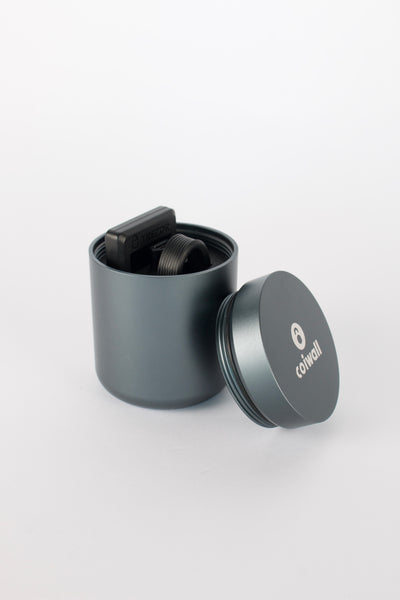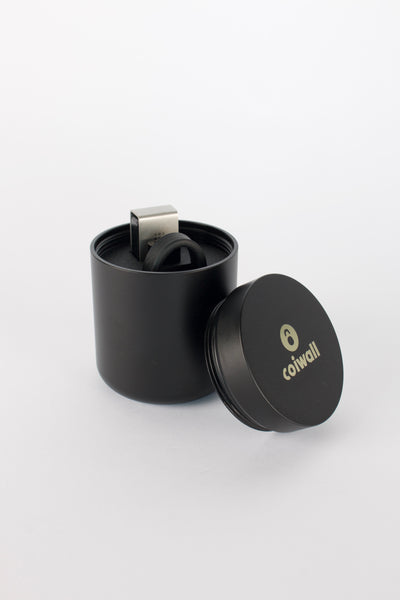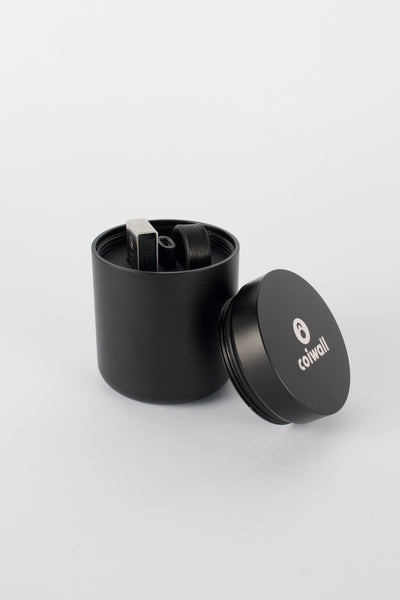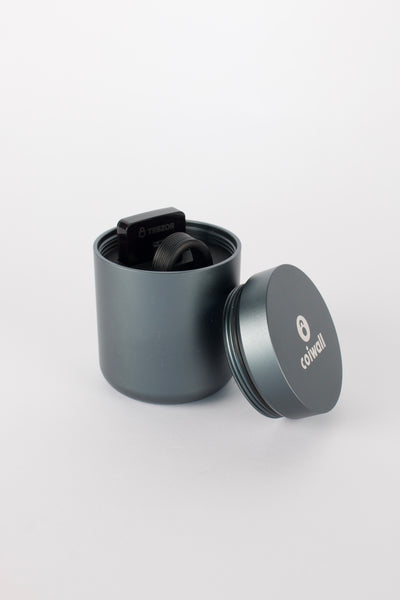Have you ever felt like poking around in DeFi is a bit like wandering through a bustling market—opportunity everywhere, but the real gems are tucked away behind a little mystery? That’s exactly the vibe I got when I first came across EtherFi. It’s not your average liquid staking platform. Instead, EtherFi stirs together some of the freshest ideas in crypto with the kind of user-first attitude we all say we want but rarely find. So, let’s get into the heart of how EtherFi works, what’s making it buzz, and why it could matter for your next staking move.
What’s EtherFi Anyway? Picture a New Kind of Staking
Alright, here’s the thing: EtherFi is a decentralized, non-custodial liquid staking protocol built on Ethereum, designed so that you can stake ETH, earn rewards, and keep control of your assets. Imagine getting the perks of staking without putting all your eggs in one basket—or in someone else’s hands. With EtherFi, your ETH isn’t locked away in some faceless service, but instead, you get a token (eETH) representing your staked ETH, and you can use it throughout DeFi without missing a beat.
It’s like owning a house but being able to moonlight as an Airbnb host—maximizing value, staying flexible, and always having the keys in your pocket. Not bad, right?
Liquid Staking—But Why Do People Even Care?
Traditional staking’s always kept things simple: stake your ETH, wait (sometimes forever), get paid. But most folks don’t like their money taking a nap while new markets or NFT drops race by. Enter liquid staking—your staked ETH morphs into eETH, a liquid, tradeable asset you can deploy around the DeFi universe. So you’re earning from staking and still have liquidity to grab crypto gems or move on opportunities.
Honestly, it’s catching fire. Liquid staking solutions have spiked in popularity, not least because Ethereum’s proof-of-stake model made staking a central part of crypto’s heartbeat. Platforms like Lido, Rocket Pool, and now EtherFi, are vying for attention. But EtherFi brings an extra twist with its emphasis on non-custodial control. Trust? That’s between you and the code.
Key Features: What Makes EtherFi More Than a Logo?
- Non-Custodial to the Core: Full control stays with you. No more sweating over a platform getting hacked and your ETH going up in digital smoke.
- eETH Tokens: Stake and instantly receive eETH, letting you explore DeFi or trade seamlessly—no awkward lock-up periods.
- Automated Strategies: Feeling a little advanced? EtherFi offers ‘Liquid Vaults’—automated yield strategies for ETH, BTC, and stablecoin holders who love chasing that extra yield without checking charts every five seconds.
- EigenLayer and AVS Restaking: Don’t just help secure Ethereum; with EtherFi, your staked ETH can also help secure other networks, often racking up additional rewards. That’s what’s called EigenLayer integration, and it’s a pretty slick touch.
- Security Upfront: Multiple independent audits, open-source contracts, and multi-signature admin controls. Basically, EtherFi wants to keep your ETH safe enough even your grandma could sleep easy.
But How’s It Different from Lido or Rocket Pool?
Here’s where EtherFi drops its calling card. While Lido and Rocket Pool do a bang-up job at liquid staking, EtherFi goes hard on non-custodial transparency. You want to connect with Trezor, Ledger, or another hardware wallet? No problem. Retain your private keys. Stay sovereign. And with their constant push for open-source clarity, EtherFi tries to set a higher bar for trust—a word we don’t throw around lightly in crypto.
The Airdrop (and the Hype Train)
Let’s face it, nothing gets the DeFi crowd buzzing quite like whispers of airdrops. In March 2024, EtherFi handed out 60 million ETHFI tokens—worth a staggering $210 million at the time— to active users. Now, that’s a lot of zeroes, but the aftermath included some heavy selling and a 25% dip in the token price. It’s gritty, real, and if you were part of it, probably a tiny bit dramatic.
Eligibility came down to ‘points farming’—using the protocol, holding eETH, maybe picking up an EtherFan NFT—and, as usual, U.S. residents were kindly shown the door. That said, EtherFi’s focus was clear: Reward the community, draw in early users, and create a bit of FOMO. You know how it goes.
Security: This Isn’t Playground Stuff
Let’s not kid ourselves—security is where most DeFi projects either stand tall or vanish fast. EtherFi hammers this home with:
- Third-Party Audits: Regular checkups from respected firms combing through the code.
- Open-Source Everything: You want to peek under the hood? Go ahead. Transparency’s front and center.
- Non-Custodial Protocol: Assets aren’t pooled in one vulnerable spot. Each user’s ETH is, essentially, their own.
- Role-Based Controls: Especially prominent in their Cash Debit Card and institutional solutions, which use secure enclave technology for transaction approvals.
As for integrations, support for hardware wallets—shout out to Ledger and Trezor—means even cautious stakers have options to join without relinquishing peace of mind.
What’s the Pulse? Trends, Community, and a Quick Tangent
If you’re even half paying attention, you’ll see liquid staking volumes are climbing, as folks want flexibility with their capital and don’t want to miss market runs. EtherFi rides that wave, with the community channel buzzing and developers posting code on GitHub for all to see. Plus, the points and rewards system seems to have struck a chord—people love a gamified DeFi experience almost as much as they love a well-timed meme during gas fee spikes.
And here’s a personal musing: Seeing companies prioritize user control alongside frictionless rewards feels like watching the early internet’s wild west slowly settle into a dynamic but safer town square. It won’t be perfect, but it’s definitely getting smarter.
A Few Final Thoughts (and an Unbiased Nudge)
EtherFi is carving a space where hardcore DeFi believers and risk-conscious newcomers can both stake, earn, and actually stay in the driver’s seat. Is it perfect? Of course not. Risks still exist, tokens can swing, and nothing in crypto is sacred forever. But if you’re looking for a home for your ETH where liquidity, transparency, and self-custody aren’t just buzzwords, EtherFi deserves a closer look.
And you know what? Maybe the next time someone asks, “Where can I stake some ETH and still sleep at night?” you’ll have a new answer. Just remember: even the coolest protocol is only as smart as the choices you make with it.











